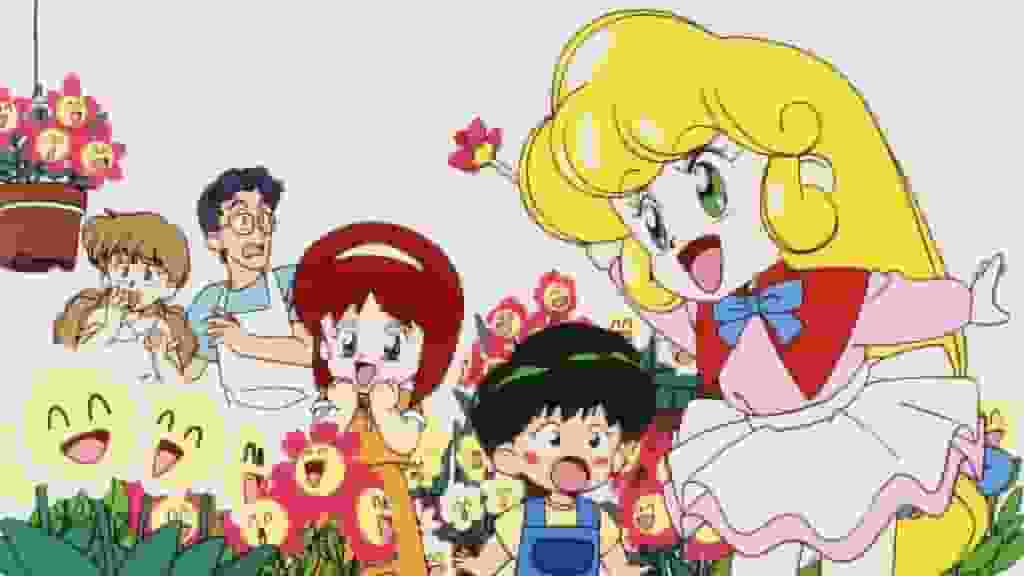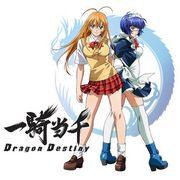Review of "Tadayoshi Has Returned": A moving reunion and deep human drama

"Tadayoshi Has Returned": A work that marks the dawn of Japanese animation"Tadayoshi Returns" is a Japanese animation released in 1929 that is still talked about today for its historical value and artistic merit. This work was produced at the dawn of animation and is an important example of how the technology and creativity of the time were combined. Below, we will provide detailed information and evaluation of this work, as well as a detailed explanation of its background and influence. Overview"Tadayoshi Has Returned" is a 17-minute animated short film released on January 1, 1929. It has only one episode and is based on the original story by Aochi Chuzo. It was directed by Murata Yasuji, who also handled the animation, and was produced by Yokohama Cinema Shokai and commissioned by the Ministry of Education. This work is an original anime and is not derived from any other media. Main StaffThe original story and adaptation was done by Chuzo Aoji, and the illustrations were done by Yasuji Murata. These staff members worked together to complete this work. storyThe story of "Tadayoshi Has Returned" centers around the character of Tadakichi. It is a simple tale of Tadakichi experiencing various adventures on his journey home, and finally returning safely. However, it also contains a profound message, reflecting the social situation and people's lives at the time. Animation TechnologyConsidering the historical background of 1929, it can be said that the animation technology of "Tadakichi Returns" was extremely advanced. At the time, it was still the era of silent films, and animation was mostly hand-drawn. Murata Yasuji's drawings are meticulously drawn down to the smallest detail, and the characters' expressions and movements are very realistic. Furthermore, the depictions of the backgrounds and scenery are beautiful, making this a visually appealing work. Music and Sound"Tadayoshi Returns" is a silent film, and the music and sound were complemented by live performances and sound effects during screening. This reflected the screening style in cinemas at the time, and played an important role in immersing the audience in the film. Today, new music is sometimes added in restored and remastered versions, but the value of the original silent film is still highly valued. Social background and influenceThe year 1929, when "Chukichi Returns," was produced, was a time of rapid social change, marking the transition from the Taisho democracy to the Showa era. The film reflects this historical background, depicting the lifestyles and values of people at the time through Chukichi's journey. The film also has educational significance, as it was commissioned by the Ministry of Education. It could be said to be a pioneering example of animation being used as part of education. Furthermore, this work occupies an important place in the history of Japanese animation. From the 1920s to the 1930s, Japanese animation developed rapidly and many works were produced. "Chuukichi Returns" was particularly highly acclaimed among them and had a great influence on later animation works. In particular, the character portrayal and storytelling methods have been passed down to later works. Recognition and Awards"Tadayoshi Returns" was highly acclaimed when it was released, receiving praise from many critics and audiences. In particular, the beauty of the drawings and the depth of the story were highly praised, helping to raise the standard of Japanese animation at the time. The film also attracted international attention, and had the opportunity to be screened at film festivals and animation events overseas. In terms of specific awards, it received the Directors Guild of Japan Award in 1930, the first time that a Japanese animation work had achieved this feat. In the 2000s, it was also selected as a "Japanese Film Heritage" by the Agency for Cultural Affairs, and its historical value was reevaluated. Restoration and PreservationThere was a risk that "Tadayoshi Returns" would be lost due to deterioration of the film over the years. However, in recent years, advances in digital technology have made it possible to restore and preserve the film. In particular, since the 2010s, restoration projects have been underway by the National Film Archive of Japan and private companies, and efforts are continuing to be made to reproduce the original footage as closely as possible. This has made it possible for modern audiences to enjoy this historic work. Recommendations and how to watch"Tadayoshi Has Returned" is an essential work for learning about the history of Japanese animation, and is highly recommended for those who are especially interested in animation and film. It is also a valuable work for learning about the social background and culture of the time. It is sometimes screened at the National Film Archive of Japan and in some movie theaters. It may also be available on DVD or online streaming services, so be sure to check it out. Related works and recommendation listAfter enjoying "Tadayoshi Returns," check out the following related works. These works also hold an important place in the history of Japanese animation and are interesting to watch.
summary"Tadayoshi Returns" occupies an important place in the history of Japanese animation, and its artistic quality and historical value are still highly regarded today. It has been loved by many people since its release in 1929, and has had a major influence on later animation works. Please experience the charm and history of Japanese animation through this work. |
>>: "How did leopards get their spots?": A thorough analysis of their origins and appeal
Recommend
Spider-Man: No Return IGN 8 points: The funniest and darkest MCU Spider-Man movie so far
Today (December 14), the media ratings of Spider-...
IGN's annual horror movie nominations revealed, "Us" tops the list
Recently, IGN released the nomination list for th...
The appeal and reviews of Yakuza Sakaba Den ~Yakuza Daisenso Gaiden~: The depth of the anime depicting the world of the Yakuza
The appeal and evaluation of "Yakuza Sakaba ...
Mikan's Traffic Safety: Evaluation and Recommendation as an Anime
"Mikan's Traffic Safety" - A nostal...
The spin-off manga "Uma Musume: Star Blossom" will begin serialization on April 10
Shueisha's Weekly YOUNG JUMP official APP You...
The director is actually the Riddler? The Riddler Riddle website of Batman is exposed
Recently, the new "Batman" director Mat...
Review of the movie "SSSS.GRIDMAN": Rediscovering its charm
The appeal and evaluation of the theatrical compi...
The appeal and evaluation of "Mayonaka Punch": A thorough analysis of late-night laughter and emotion
"Mayonaka Punch" - A heartwarming anime...
The crazy movie "Sonic the Hedgehog" will be released in the country on February 28
The live-action animated film "Sonic the Hed...
Unreal 5 animation "Gundam: Requiem of Vengeance" released trailer
The trailer for the Unreal Engine 5-powered anime...
Captain Tsubasa: The appeal and reputation of the 1983 original series
Captain Tsubasa: A timeless masterpiece depicting...
"Made in Abyss: Dawn of the Deep Soul" Review: An adventure into the unknown and a moving story
"Made in Abyss: Dawn of the Deep Soul" ...
The 35th anniversary commemorative art of "Magic Hero Legend" was released and new planning started
It’s the 35th anniversary of the classic animatio...
Fans speculate that Ghost Rider may appear in "She-Hulk", but the screenwriter denies it
With She-Hulk set to premiere on Disney+ soon, th...
The dark and depressing work "Girls from the Outside World" has been confirmed to be produced as a feature-length animation PV released
Today (March 5), the depressing and dark work &qu...









